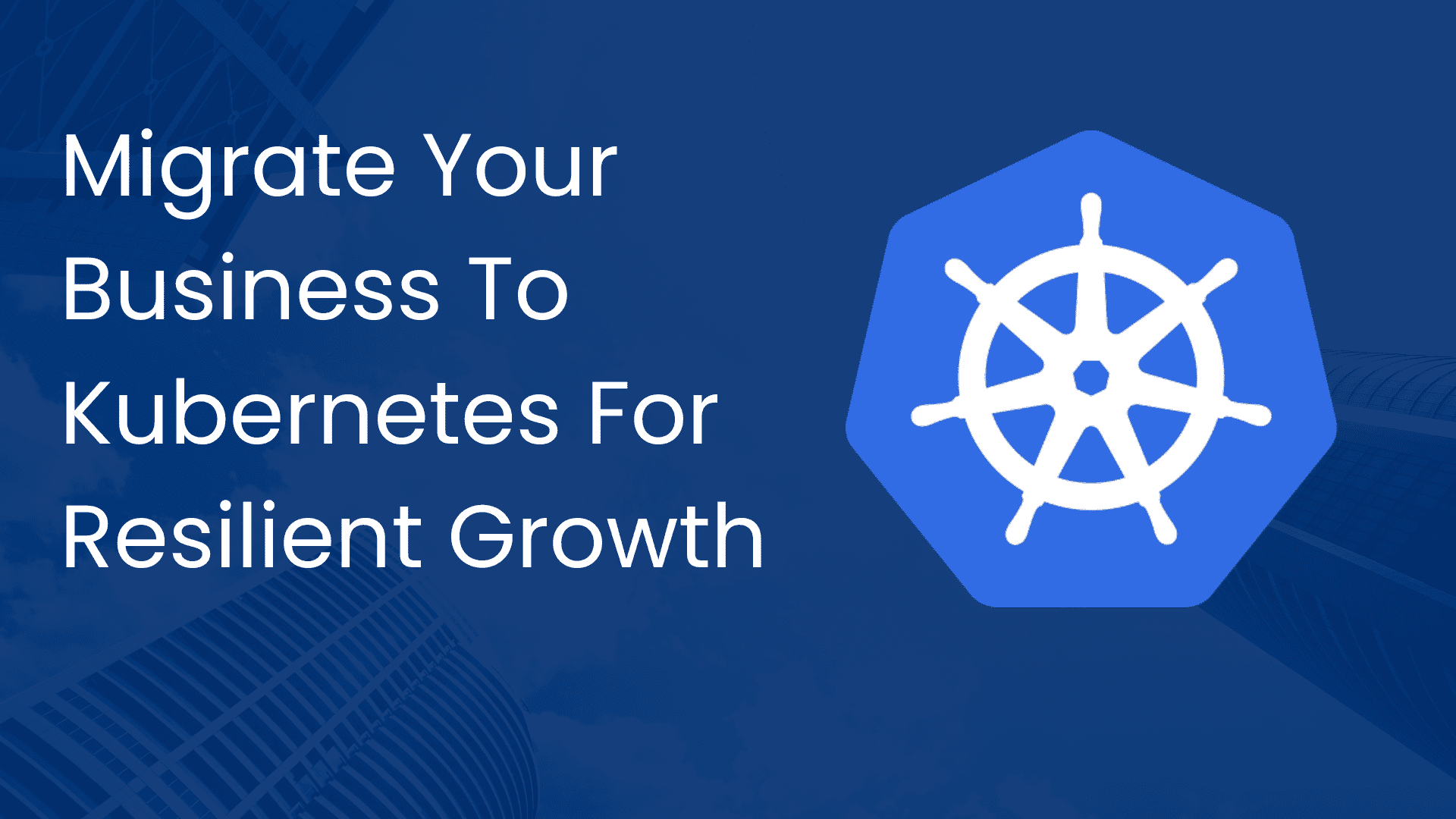The Benefits of Migrating to Kubernetes & Potential Difficulties You May Encounter
Feb-14-2023

Kubernetes
Contact us now
High-quality applications that provide a collective client experience are required in today’s competitive world. Most businesses are concerned about their IT infrastructure because it necessitates advanced apps that ensure security, flexibility, and robustness. In addition, small and large companies focus on streamlining their business processes through digital transformation. To modernize digital business infrastructure, they are focusing on innovative trends. Here, Kubernetes enters the picture.
Although azure Kubernetes was initially designed to support software deployment, scaling, and management by orchestrating containers, enterprises have increasingly discovered that it can also be a powerful tool for creating business value.
When And Why Should You Use Kubernetes?
Kubernetes is a containerized application deployment, scaling, and management platform. It provides a platform for automating containerized applications’ deployment, scaling, and management, making extensive, complex, distributed systems easier to manage and scale. Kubernetes microservices are frequently used in cloud-native applications and large-scale distributed systems management. It is also used for containerized application management on on-premises infrastructure.
Significant Factors To Consider When Migrating Kubernetes
Migrating to Kubernetes can be a complex process requiring meticulous planning and execution. Here are some factors to consider when migrating to Kubernetes:
Application Architecture: Reviewing the application architecture and making any necessary changes to ensure it can be containerized and deployed in a AWS Kubernetes environment.
Cloud provider: Select a cloud provider or on-premises infrastructure that supports Kubernetes and meets your organization’s specific needs.
Security: Ensuring that security considerations, such as network security, access control, and compliance, are incorporated into the migration plan.
Data management: Creating a data management and storage strategy that considers the distinct characteristics of containerized applications.
Testing: Creating a thorough testing plan that includes unit testing, integration testing, and end-to-end testing to ensure the application performs as expected in the Kubernetes environment.
Monitoring and observability: Implement monitoring and observability tools to ensure that the application functions properly and allows for rapid troubleshooting and issue resolution.
Team skills and training: Ensure that the team managing the Kubernetes environment has the necessary skills and training to do so.
Challenges With Kubernetes and How To Solve Them
While amazon Kubernetes has many advantages, it also has its challenges. Here are some common Kubernetes challenges and how to overcome them:
Complexity: Kubernetes is complicated and challenging to manage, particularly for organizations new to container orchestration.
Solution: Consider using managed Kubernetes services or hiring experts with experience operating Kubernetes environments as a solution.
Scaling: Scaling Kubernetes clusters can be complex and require careful resource and configuration management.
Solution: Manage resources using automated scaling tools and consider horizontal pod autoscaling to adjust the number of pods based on demand automatically.
Networking: Configuring networking for Kubernetes can be complicated, requiring knowledge of the various networking modes and options available.
Solution: Using network plugins or third-party solutions to make networking configuration easier.
Security: Securing a Kubernetes cluster can be difficult, as multiple layers of safety must be considered.
Solution: Use best security practices, such as RBAC, pod security policies, and network policies, to control access and secure your cluster.
Resource optimization: Kubernetes clusters can be an asset, and optimizing resource usage for cost savings can be difficult.
Solution: Control resource usage with tools such as resource quotas and limit ranges and consider implementing cluster autoscaling to optimize resource usage.
Upgrades and updates: Kubernetes upgrades can be complex, requiring careful planning and testing to ensure that your applications are not disrupted.
Solution: Use rolling updates to reduce downtime and enforce a thorough testing plan to ensure that applications continue to work correctly after upgrades.
Future Of Kubernetes
Kubernetes is currently at its peak performance due to the development of mobile apps, and organizations are adopting Kubernetes. Many organizations were previously concerned about orchestration due to a lack of vital tools, but these tools are now easily accessible.
Final Thoughts
Kubernetes facilitates deployment and assists businesses in automating containerization and infrastructure setup. PetaBytz Technologies works with Kubernetes solutions to help your teams quickly handle large projects. We provide our clients with complete Kubernetes management and deployment services. Do you want to eliminate bottlenecks in your business by implementing Kubernetes services? Connect with us at +91-8977915322 or visit petabytz.com today.
 INDIA
INDIA
 USA
USA CANADA
CANADA
 INDIA
INDIA
 USA
USA CANADA
CANADA





